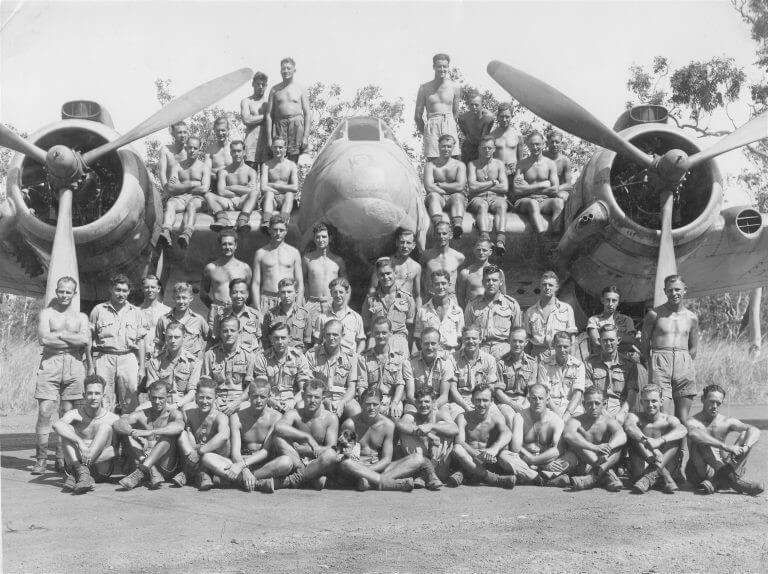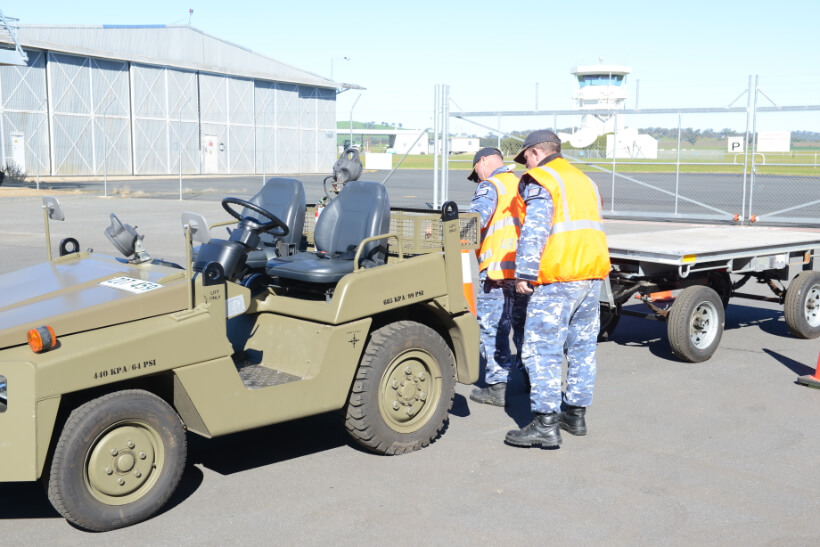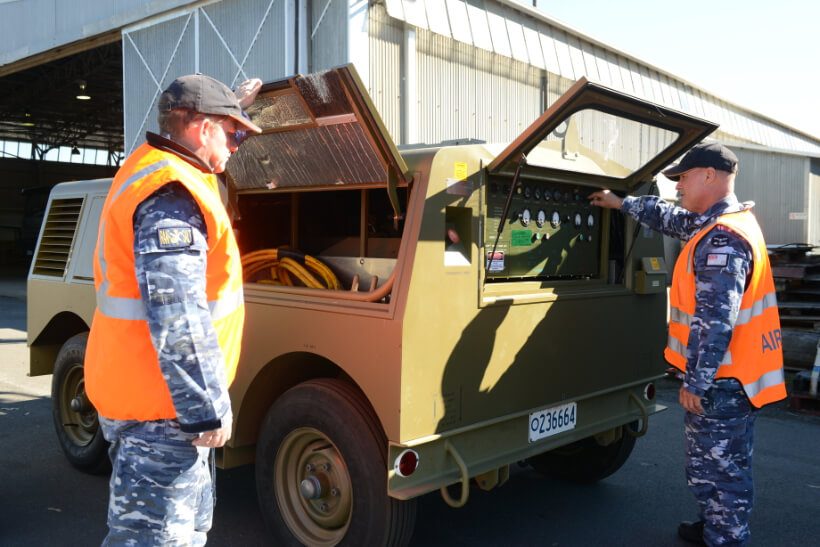31 SQUADRON RAAF Base Wagga
Number 31 (City of Wagga Wagga) Squadron (31SQN) is responsible for the Airbase capability management, air operations support and the military coordination of RAAF Base Wagga. 31SQN also delivers Combat Support Group’s support to the training activities conducted by the Ground Academy at RAAF Base Wagga.
31SQN’s mission statement is to provide permanent Airbase operations and support the sustainment of ADF training at RAAF Base Wagga. In order to achieve this mission 31SQN provides a number of necessary functions that directly support and assist with the delivery of Induction, Initial Employment Training and Postgraduate Training. 31SQN services include Base Command and Control, coordination of Airbase operations, support to ADF exercises, ceremonial functions, Mechanical Equipment Operations and Maintenance Section (MEOMS) and Road Movements. 31SQN undertakes the important roles of maintaining and improving relationships with the traditional custodians of the land, the Wiradjuri people, through the RAAF Base Wagga Indigenous Liaison Officer (ILO). 31SQN also plays a major role with the coordination of Air Force Reserve members in the Riverina region, along with the coordination and facilitation of base-wide events including VIP visits.
Under the Joint Framework for Base Accountability (JFBA), the Commanding Officer (CO) of 31SQN is the Air Base Executive Officer (ABXO), and reports to the Senior Australian Defence Force Officer (SADFO) who authorises common base activities and has the lead on Defence’s engagement with the local community. 31SQN transitioned from Air Force Training Group (AFTG) to Combat Support Group in October 2017 to align with the command arrangements that exist at other Air Force bases.
HISTORY OF NUMBER 31 SQUADRON
31SQN was formed at the Forest Hill base near Wagga Wagga, NSW, on 14 August 1942. After being equipped with Australian built Bristol Beaufighters and being brought up to strength, 31SQN moved to Batchelor in the Northern Territory in October that same year. 31SQN then moved to its new home at Coomalie Creek, a rapidly constructed airfield south of Darwin, in early November 1942. It wasn’t long after the move until the Squadron was engaged in combat with the Japanese flying its first combat operation on 17 November 1942.
Over the next two years, 31SQN flew ground attack sorties against the Japanese in Timor and the Netherlands East Indies, as well as anti-shipping patrols and convoy protection missions. One of 31SQN’s greatest successes was the raid on Penfoei on 2 December 1942, when the Beaufighters caught 40 Japanese aircraft on the ground. Without loss to themselves, 31SQN aircrew destroyed eighteen aircraft and damaged many more. In November 1944, the Squadron deployed to Noemfoor, from where it flew convoy protection missions before moving again, to Morotai, in late December to attack Japanese positions in the Celebes and Halmahera Islands in the Indonesian archipelago.
Setting up on Tarakan in May 1945, 31SQN carried out strikes in support of the Australian landings in Borneo and Brunei in June, and the operations that followed. After the Japanese surrendered on 15 August, 31SQN dropped leaflets over the Halmahera Islands to inform the garrison of those islands that the war was over. 31SQN returned to Australia in December 1945, and disbanded at RAAF Base Williamtown on 9 July 1946.

DECORATIONS
Over the course of the war the members of 31SQN were awarded:
- 16 Distinguished Flying Crosses (DFC)
- 2 Distinguished Flying Cross and Bar
- 1 DFM
- 6 MID
- 1 King’s Commendation for Brave Conduct

THE UNIT IS RECOGNISED IN THE FOLLOWING BATTLE HONOURS:
Over the course of the war 31SQN was recognised with the following battle honours:
- Pacific 1942-1945
- Darwin 1942-1944
- Eastern Waters 1942-1945
- Morotai
- Borneo 1945
Notably 31SQN was not awarded these battle honours until 2013 due to the squadron being disbanded prior to the recognition of battle honours which took place during the 1950s.
31SQN reformed for the first time since 1946 at RAAF Base Wagga on 1 July 2010 after Air Force made the decision to rename its Base Support Units as numbered squadrons; recognising the historical significance of these units with their associated bases.

